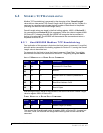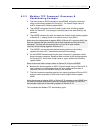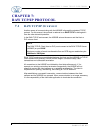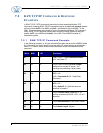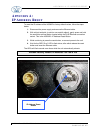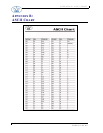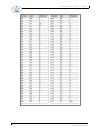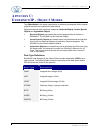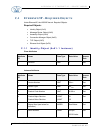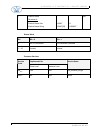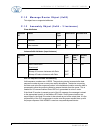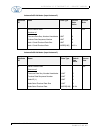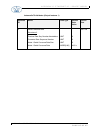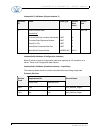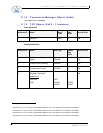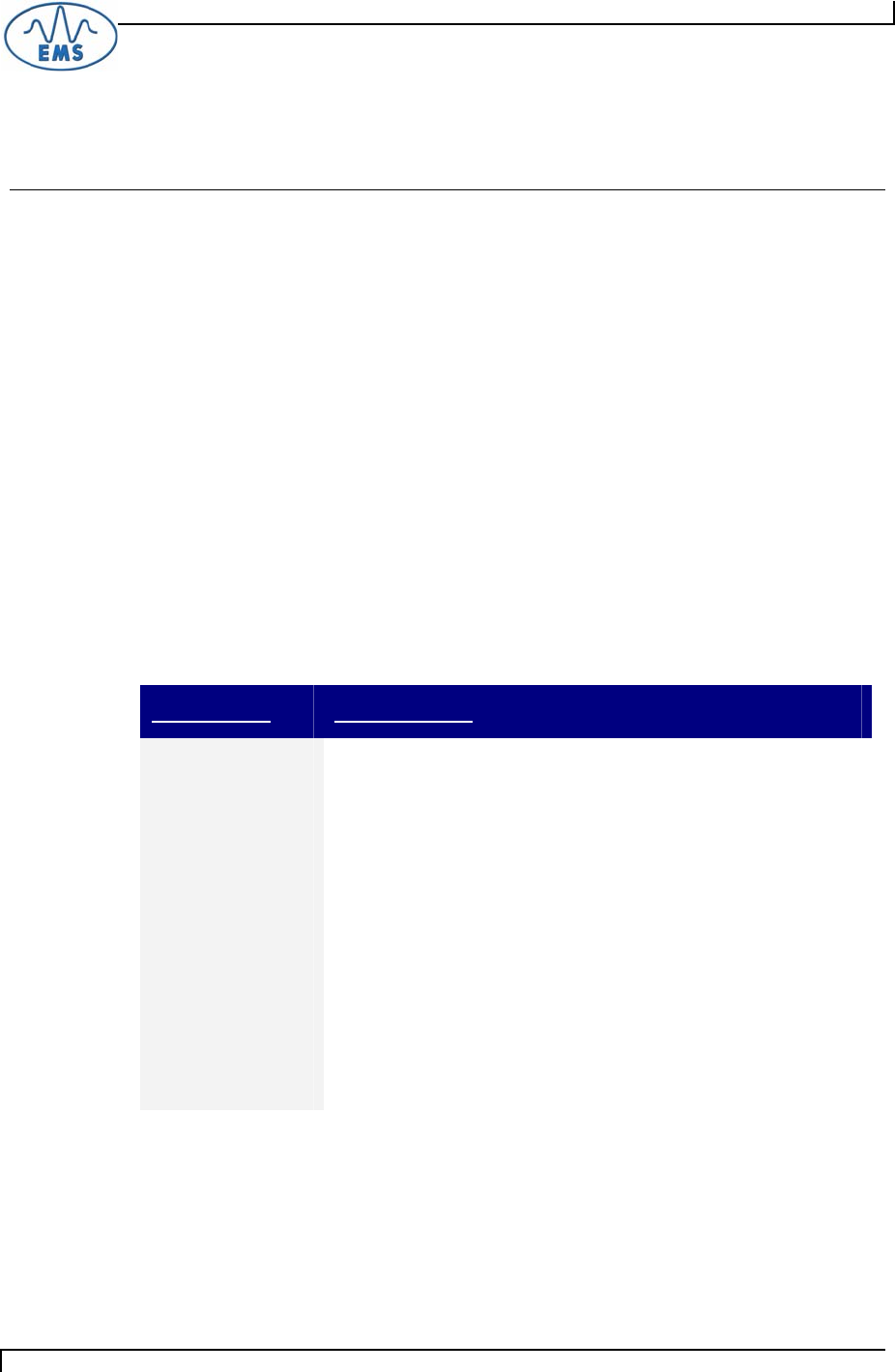
APPENDIX C: ETHERNET/IP – OBJECT MODEL
APPENDIX C:
E
THERNET/IP - OBJECT MODEL
The Object Model is the logical organization of attributes (parameters) within classes
(objects) and services supported by each device.
Objects are broken down into three categories: Required Objects, Vendor Specific
Objects and Application Objects.
Required Objects are classes that must be supported by all devices on
EtherNet/IP. The HS500E has six Required Objects.
Vendor Specific Objects are classes which add attributes and services that
don’t fit into the Required Objects or Application Objects categories. The
HS500E has two Vendor Specific Objects.
Application Objects are classes that must be supported by all devices using
the same profile. An example of a profile is a Discrete I/O device or an AC
Drive. This ensures that all devices with the same profile have a common
look on the network.
Data Type Definitions
EtherNet/IP was designed by the Open Device Vendors Association (ODVA) as an
open protocol. The following table contains a description of the data types used by
ODVA that are also found in this appendix.
Data Type Description
USINT Unsigned Short Integer (8-bit)
UINT Unsigned Integer (16-bit)
UDINT Unsigned Double Integer (32-bit)
STRING Character String (1 byte per character)
BYTE Bit String (8-bits)
WORD Bit String (16-bits)
DWORD Bit String (32-bits)
HS500E – OPERATOR’S MANUAL P/N: 17-1305 REV02 (12-05)
PAGE 63 OF 82



